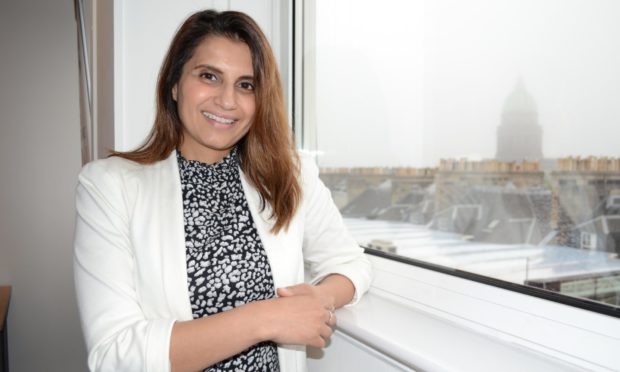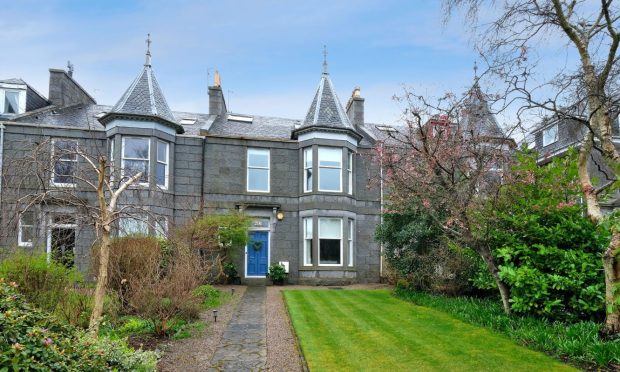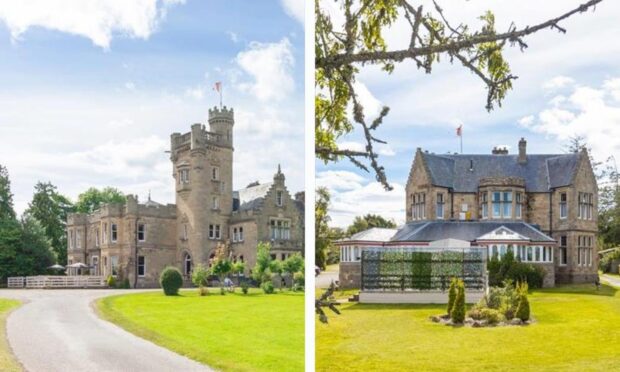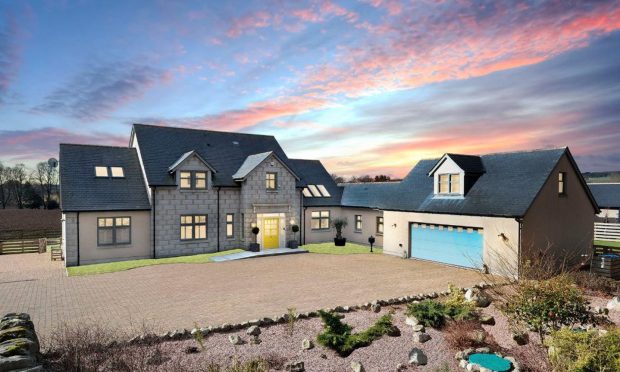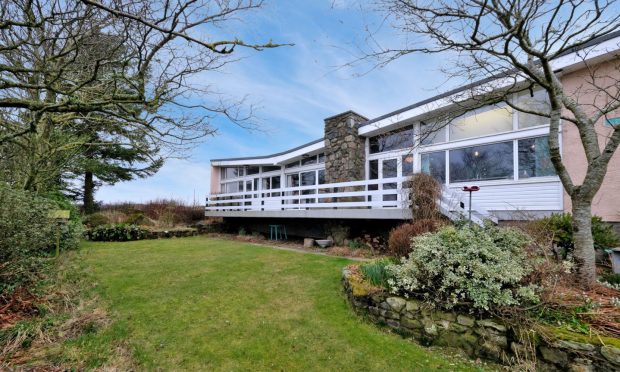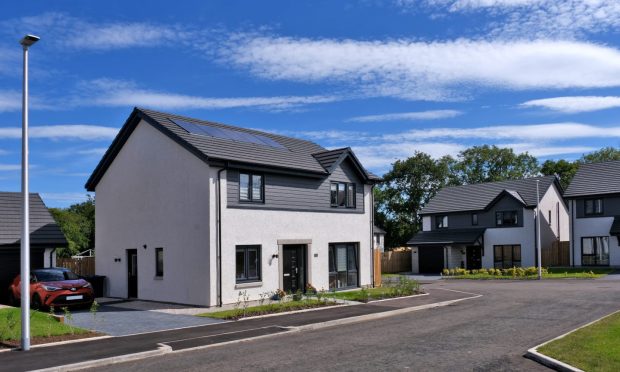Officials are being warned “crumbling bricks, broken windows and overgrown gardens” could become the norm without immediate action over growing numbers of vacant properties.
The Scottish Empty Homes Partnership (SEHP) has warned the sight of buildings in disrepair could become a “visual legacy” of the Covid crisis if new measures are not taken soon.
It says almost 50,000 houses throughout the country have been lying empty for at least six months – up 16% on last year.
And, with the full impact of the coronavirus pandemic “still emerging”, there are fears this number could grow larger still.
At the launch of its 10th annual conference today SEHP, which is funded by the Scottish Government and hosted by charity Shelter Scotland, will tell delegates empty homes must form part of the country’s Covid recovery plan.
Without this step, they risk them “becoming the symbol of the economic crisis”.
Figures compiled by the organisation show there are now 1,500 additional long-term empty homes in Edinburgh compared to the same time last year.
Elsewhere there are a further 745 in Aberdeen, 488 in the Highlands, 192 in Aberdeenshire and 88 in Moray.
Only five of the 32 Scottish council areas have reported a decrease.
SEHP has said bringing these properties back into use can provide a cost-effective way to bolster affordable home stocks after the pandemic.
It found the average cost of transforming a vacant property is between £6,000 and £12,000 – ten times less than the price of building one.
Additionally, it says every £1 spent renovating a home generates £1.60 for the economy, through investments in local builders and materials.
Shaheena Din, national project manager for SEHP, said: “Images of empty homes came to symbolise economic decline and the loss of vibrant communities across Scotland in the 1980s.
“And recent figures show the Covid crisis is already causing more empty homes in Scotland.
“We must act now to ensure empty homes do not become a legacy of the pandemic.
“By investing in dedicated empty home services, councils can help make homes available for those who need them, improve local communities and deliver a much-needed boost to local economies.”
“No area is immune so we need the councils without a dedicated service to create one urgently, and for all local authorities to prioritise support for bringing empty homes back in to use as part of their recovery and rebuilding plans.”
